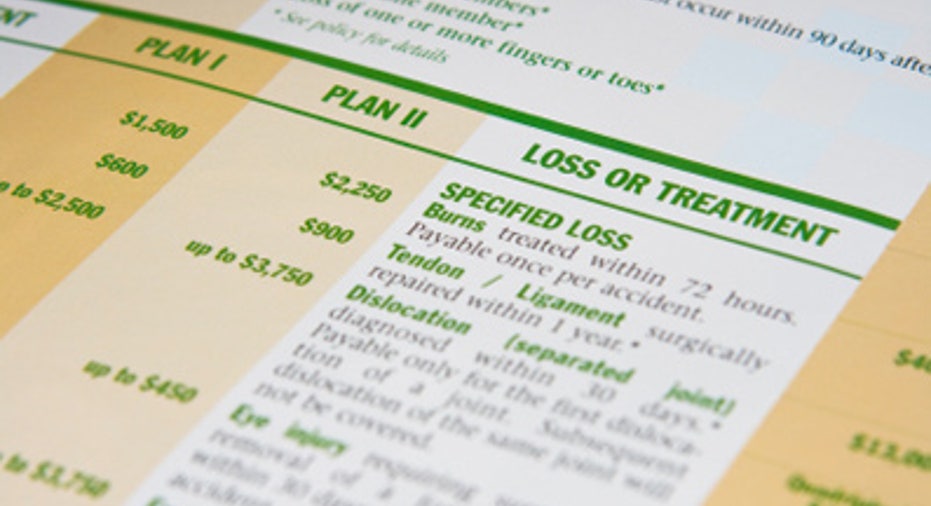How Health Insurance Reform Affects You

In October, America's health insurance landscape will change dramatically as health insurance exchanges begin selling plans to consumers in all 50 states and the District of Columbia.
The shift is part of the Patient Protection and Affordable Care Act -- commonly called Obamacare -- and represents the heart of President Barack Obama's plan to require nearly all Americans to purchase health insurance.
How will reform affect you? It depends on many factors -- including your health, income and work status, according to B. Paul Choi, associate professor at the Howard University School of Business in Washington, D.C.
In the following interview, Choi offers a glimpse of what is coming this fall.
How will reform affect people who don't have health insurance now?
In many cases, it depends on the individual's income level. Some states are expanding the eligibility rules for Medicaid from 100% of the federal poverty level to at least 133% of the federal poverty level, or $15,282 for an individual in 2013. So, more individuals will qualify for Medicaid.
Individuals whose income is up to 400% of the federal poverty level, which is $45,960 for a single person this year, will be eligible for subsidized coverage, in the form of tax credits, on the marketplaces.
All other individuals, age 18 or older, should get health benefits from their employers or should have their own health insurance on the exchange marketplaces that will begin selling coverage for 2014 on Oct. 1 this year.
How will reform affect people who already have health coverage?
Currently, individual coverage premiums vary by the applicant's age. Under the Affordable Care Act, the variation will be limited. It also provides guaranteed coverage for people with pre-existing conditions.
Next year, older individuals may see lower rates while younger people could see the largest increases in their premiums.
People who are covered through their employer could see changes to plan designs and employee contributions as employers comply with new regulations. Some people may lose coverage if their employer drops their health plan. Then, those individuals will have to seek coverage through the exchange marketplaces.
For those plans providing dependent coverage, young adults up to age 26 can stay on their parent's employer plan.
How will health care reform affect small-business owners?
For employers with more than 50 full-time employees working at least 30 hours a week, a business will eventually be required to offer minimum essential coverage to 95% of its full-time employees. Otherwise, the business has to pay a monthly penalty of $166.66 multiplied by the number of full-time employees minus the first 30 full-time employees during that month.
Employers who offer their employees coverage but do not meet certain tests for affordability and plan design will pay a $3,000 annual fee $250 monthly penalty for each full-time employee who enrolls in coverage on the public marketplace and receives an income-based subsidy for such coverage.
For employers with fewer than 50 full-time employees, they do not have the same requirements next year. In fact, they may have more options and control over their health insurance spending through the Small Business Health Options Program, or SHOP.
How much will it cost the government to implement the health reform?
The Congressional Budget Office is consistently revising its estimation. Its recent projection (in May 2013) indicates that the provisions of the Affordable Care Act related to health insurance coverage would cost the federal government $710 billion during fiscal years 2014 through 2019.
Copyright 2013, Bankrate Inc.